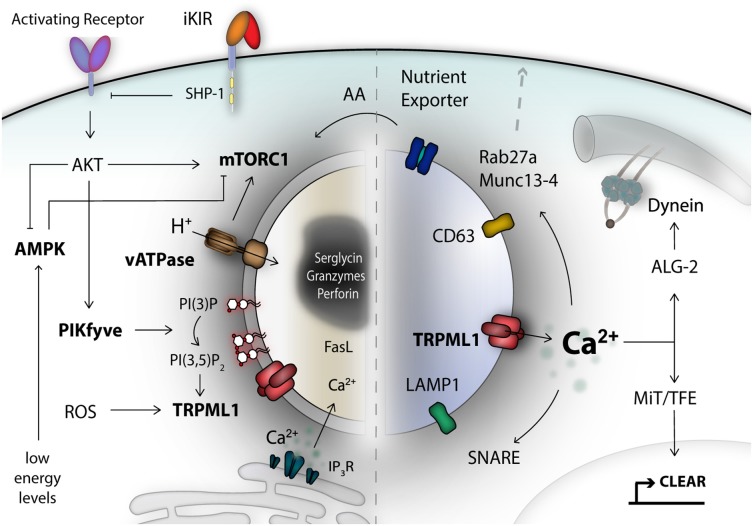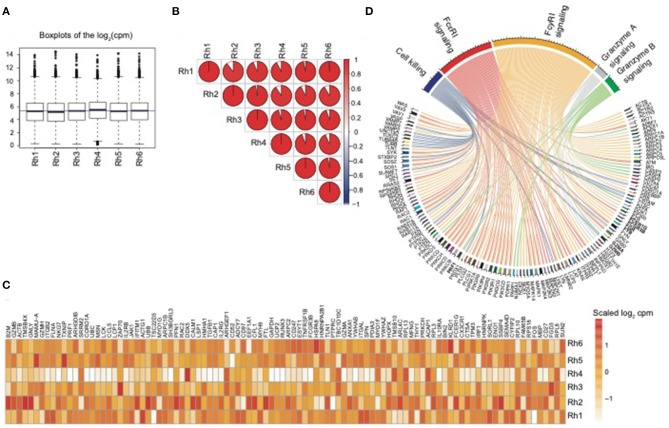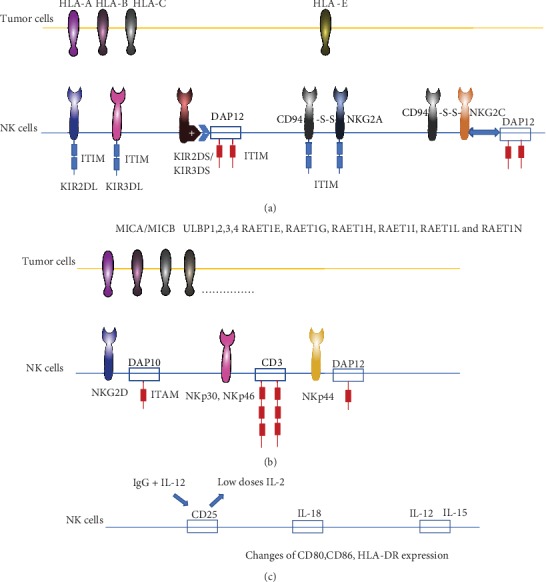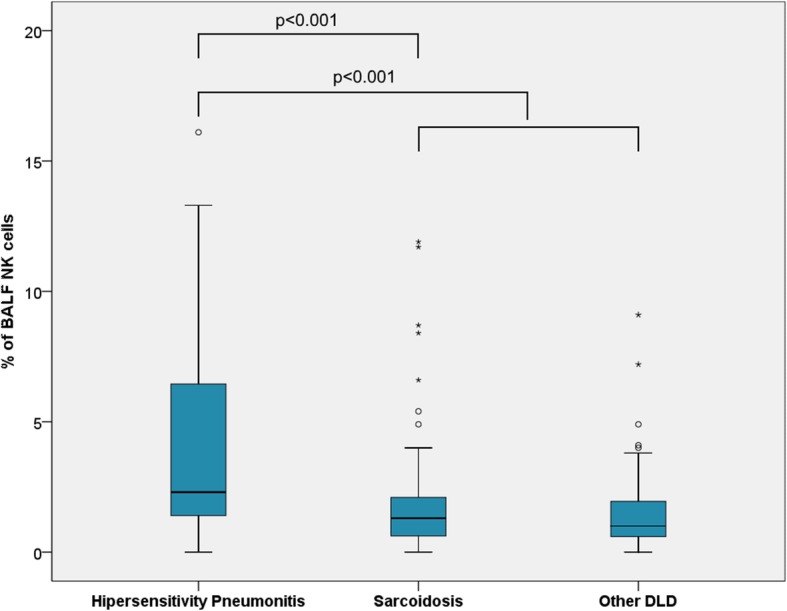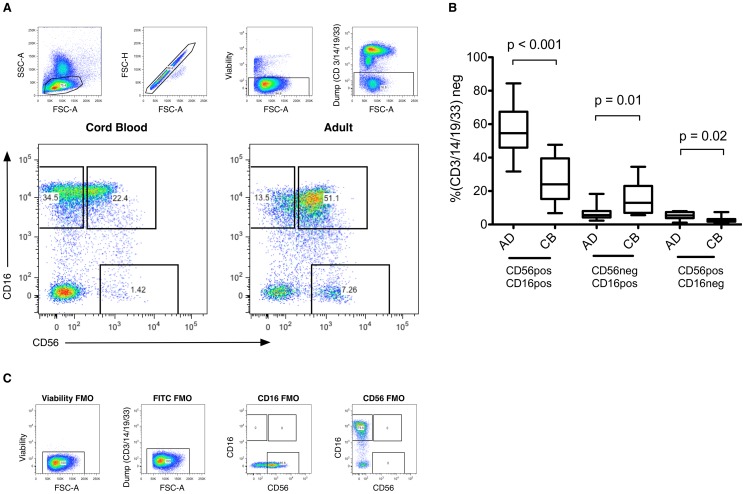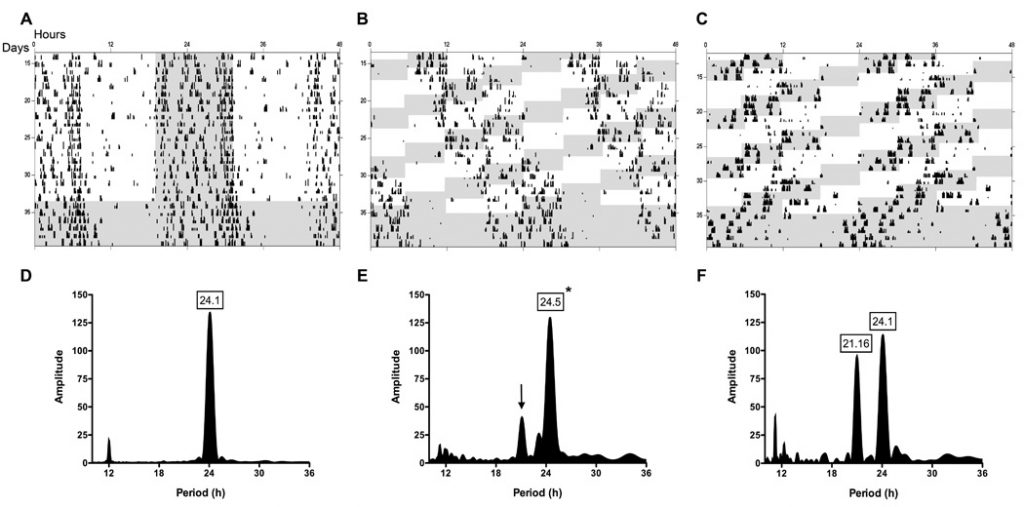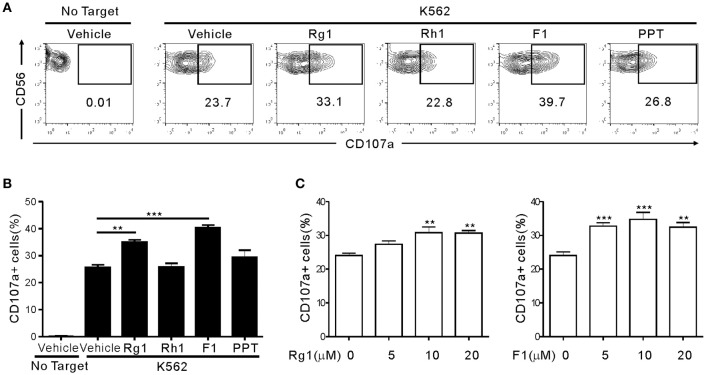Research work in the laboratory with antibodies and immunoassays involves familiarizing yourself with a number of specific terms around immunology, immunoglobulins, and the immune response.
In this entry we bring you a short glossary of antibodies that includes the basic and fundamental terminology to better understand the functioning and applications of immunoglobulins in the research laboratory.
ADJUVANT
Chemical compound that is added to the antigen to increase its immunogenicity and thus stimulate the animal’s immune response for the production of antibodies. Freud’s complete / incomplete adjuvants and aluminum hydroxide are among the most common adjuvants.
AFFINITY
Measure of interaction or binding between the antigen and the antibody.
ANTIBODIES
Proteins produced by B lymphocytes of the immune system, also known as immunoglobulins, that identify, bind, and help destroy antigens in a highly specific way.
CONJUGATE ANTIBODY
Antibodies chemically linked to fluorochromes or chromogens to enable visual detection of them.
CAPTURE ANTIBODY
Antibody with which the ELISA plate is covered and which binds to the antigen contained in the sample to be applied later.
DETECTION ANTIBODY
Primary antibody that is used in the sandwich ELISA and that specifically binds to the immobilized antigen.
HUMANIZED ANTIBODY
Genetically engineered antibody where a minimal part of a murine antibody (5-10%) is introduced into a human antibody (90-95%) in order to minimize the response of the human immune system against them.
MONOCLONAL ANTIBODY
Homogeneous population of antibodies produced by a single B lymphocyte clone that specifically recognize a single epitope of the antigen.
MURINE ANTIBODY
Mouse antibody.
POLYCLONAL ANTIBODY
Heterogeneous solution of antibodies produced by different B lymphocytes that recognize different epitopes of the same antigen.
PRIMARY ANTIBODY
Antibody that binds directly to the antigen of interest.
CHIMERIC ANTIBODY
Genetically engineered antibody by fusing parts of a murine antibody (33%) with parts of a human antibody (67%).
SECONDARY ANTIBODY
Conjugated antibody that binds to the primary antibody that recognizes the antigen of interest.
THERAPEUTIC ANTIBODY
A single clone of a specific antibody produced by a cell line that is administered for therapeutic purposes. Therapeutic antibodies can be murine, chimeric, humanized, or fully human.
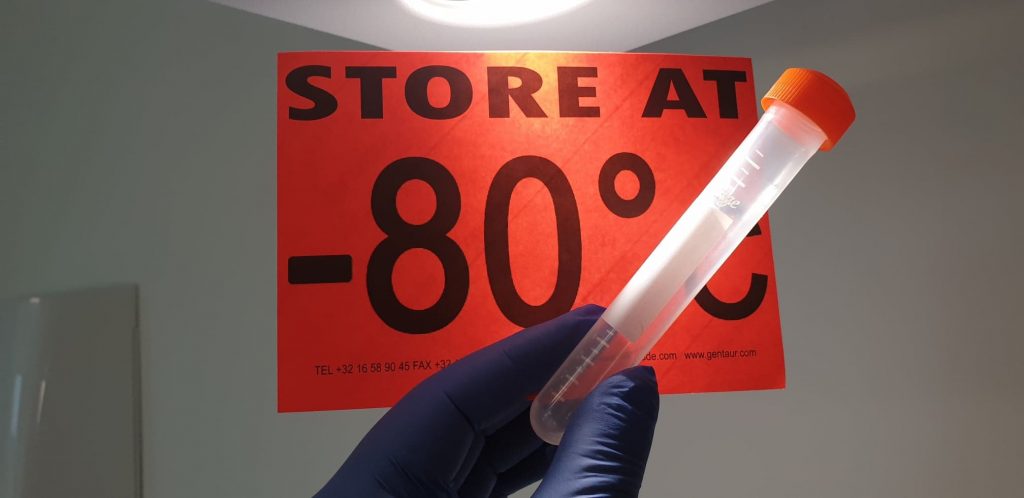
ANTIGEN
Substance that arouses a specific immune response.
ANTISERUM
Serum from an immunized animal containing the antibodies of interest.
APTAMER
Affinity reagents with antibody-like applications, which specifically bind to the antigen of interest. Unlike antibodies, aptamers are produced in vitro and can be made up of peptides or nucleic acids.
AVIDITY
Measurement of the binding strength of the antigen-antibody complexes.
LIGHT CHAIN
A polypeptide subunit of an immunoglobulin located in each of the arms of the Y-shaped structure (each antibody contains two identical light chains). It has two subdomains: the constant region and the variable region that intervenes in binding to the antigen.
HEAVY CHAIN
Polypeptide subunit of an antibody that defines its isotype. It consists of a constant region (which will vary depending on the immunoglobulin class) and a variable region that is involved in binding to the antigen.
CARRIER
Large, highly antigenic molecule that is conjugated to small antigens to induce a more effective and specific immune response in producing antibodies.
AFFINITY CONSTANT
Numerical value indicating the binding strength between the antigen and the antibody.
OPTIMAL WORKING DILUTION
Antibody concentration with which the maximum positive signal and the minimum background noise and nonspecific signal are achieved.
EPITOPE
The specific region of the antigen that is recognized and to which the antibody binds.
SPECIFICITY
Ability of an antibody to bind only to the desired antigenic determinant.
FAB SHARD
The Fab or antigen-binding fragment is each of the 2 arms of the Y-shaped structure of the antibody. It is obtained after enzymatic digestion of the antibody with papain.
HAPTENE
Small molecules that are only capable of arousing an immune response if they are linked to a Carrier protein.
HYBRIDOMA
Cell line resulting from the fusion of antibody-producing B lymphocytes with an immortalized tumor line (myeloma).
HOST (HOST SPECIES)
Animal species in which the antibodies are generated.
IMMUNOGENICITY
Ability of an antigen to induce the production of antibodies.
IMMUNOGEN
Substance capable of inducing an immune response.
IMMUNOGLOBULINS
Protein families that function as antibodies.
ISOTYPES
Immunoglobulin classes depending on the heavy chains they have.
ANTIBODY LIBRARY
Method to obtain antibodies by creating an ex vivo repertoire of immunoglobulins that can be screened against a specific antigen.
ASCITES FLUID
Fluid extracted from the abdomen of the host animal that contains monoclonal antibodies produced by the hybridomas previously inoculated in the animal.
MYELOMA
Bone marrow tumor that can be adapted to grow indefinitely in cell culture.
PRE-ADSORPTION
Adsorption of the antiserum with proteins or serum of different species to eliminate the antibodies that can give rise to cross reactions.
AFFINITY PURIFICATION
Purification of the antibody against the specific antigen it recognizes.
PURIFICATION BY PROTEIN A / G
Class-specific purification to isolate all Immunoglobulins of a certain isotype, regardless of their affinity for the antigen of interest.
REACTIVITY
Species from which the epitope used in immunization was derived, or those with high homology for that sequence.
CROSS REACTIVITY
Binding of the antibody to similar epitopes of other proteins or antigens.
VARIABLE REGION
Region containing the antigen binding site.
PRE-IMMUNE SERUM
Serum withdrawn before immunization that is used as a control.
TITLE
Assay to determine the optimal concentration of an antibody for a specific application.


